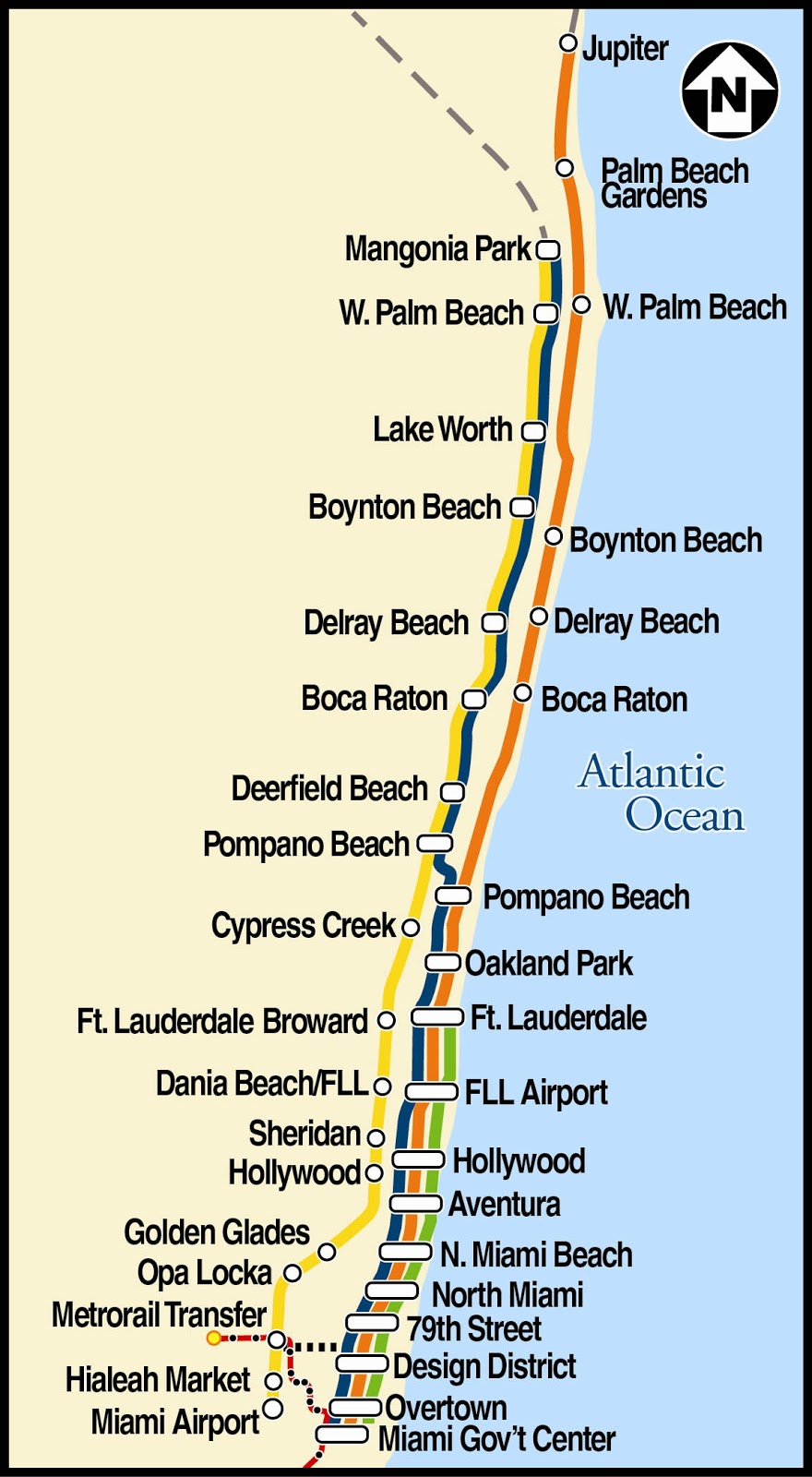Are you looking for an efficient and reliable way to travel across South Florida? The Tri-Rail schedule is your answer! This commuter rail system connects the major cities of Miami, Fort Lauderdale, and West Palm Beach, providing an affordable alternative to driving. In this article, we will explore everything you need to know about the Tri-Rail schedule, from its history and services to tips for navigating the system effectively.
The Tri-Rail system has become an essential part of South Florida's transportation network since its inception in 1989. With increasing traffic congestion in the region, the demand for public transportation options has risen, making Tri-Rail a popular choice for commuters and tourists alike. In this guide, we will cover the various routes, schedules, fares, and tips for using Tri-Rail to ensure a smooth travel experience.
Whether you are a local resident or a visitor, understanding the Tri-Rail schedule can save you time and stress. In the following sections, we will break down the essential details you need to know about Tri-Rail, including how to read the schedule, what to expect while riding, and additional resources available to enhance your travel experience.
Table of Contents
- 1. History of Tri-Rail
- 2. Tri-Rail Routes
- 3. Understanding the Tri-Rail Schedule
- 4. Tri-Rail Fares and Payment Options
- 5. Tips for Riding the Tri-Rail
- 6. Accessibility Features
- 7. Resources and Contact Information
- 8. Conclusion
1. History of Tri-Rail
The Tri-Rail system was established in 1989 to provide a reliable transportation option for residents and visitors traveling between Miami-Dade, Broward, and Palm Beach counties. Originally conceived as a temporary service, the Tri-Rail quickly gained popularity due to its convenience and affordability.
Over the years, the system has undergone several expansions and upgrades, including the addition of new stations and improved amenities. Today, Tri-Rail serves over 3 million passengers annually, making it an integral part of South Florida’s public transit system.
2. Tri-Rail Routes
Tri-Rail operates along a 72-mile corridor with 18 stations, connecting key locations throughout South Florida. The main route runs from the Miami International Airport to Mangonia Park in West Palm Beach.
2.1 Major Stations
- Miami Airport
- Miami Central Station
- Fort Lauderdale/Hollywood International Airport
- Broward Boulevard
- West Palm Beach Station
3. Understanding the Tri-Rail Schedule
The Tri-Rail schedule is designed to accommodate various travel needs, with trains running frequently throughout the day. Typically, trains operate every 30 to 60 minutes, depending on the time of day and specific route. It's essential to check the current schedule on the official Tri-Rail website before your trip.
3.1 Reading the Schedule
The schedule is presented in a straightforward format, listing departure times for each station. Make sure to pay attention to the direction of travel and any service alerts that may affect your journey.
4. Tri-Rail Fares and Payment Options
Tri-Rail offers various fare options, making it accessible for different types of travelers. Fares are based on the distance traveled, with discounts available for seniors, students, and disabled passengers.
4.1 Payment Methods
- One-way tickets
- Round-trip tickets
- Monthly passes
- Mobile app payments
5. Tips for Riding the Tri-Rail
To ensure a pleasant experience while using the Tri-Rail, consider the following tips:
- Arrive early to avoid missing your train.
- Keep track of your belongings while on board.
- Follow the posted signs for boarding and disembarking.
6. Accessibility Features
Tri-Rail is committed to providing accessible services for all passengers. Stations are equipped with ramps, elevators, and designated seating for individuals with disabilities.
7. Resources and Contact Information
For more information on schedules, fares, and service alerts, visit the official Tri-Rail website or contact their customer service. Additionally, consider downloading the Tri-Rail mobile app for real-time updates and ticketing options.
8. Conclusion
In conclusion, the Tri-Rail schedule is an essential tool for navigating South Florida’s public transportation system. By understanding the routes, fares, and services, you can make the most of your travel experience. Don't hesitate to leave a comment or share this article with others who may benefit from it. Safe travels!
Thank you for reading! We hope to see you back on our site for more informative articles and travel tips.
Chasey Lane: The Icon Of Adult Entertainment
Marina Pearl Leblanc: Rising Star In The Digital World
Kevin James' Wife: The Love Story Behind The Comedic Star


